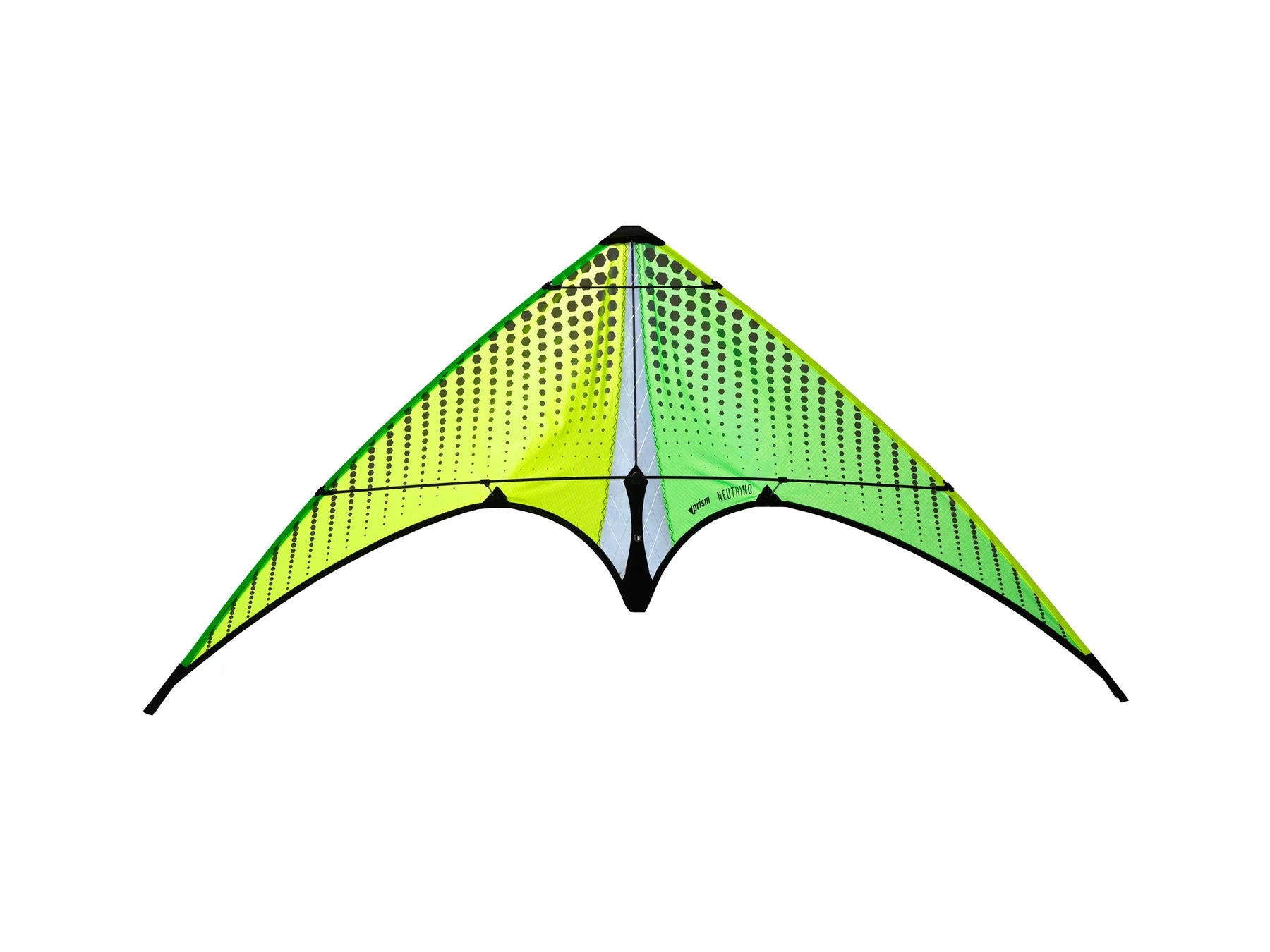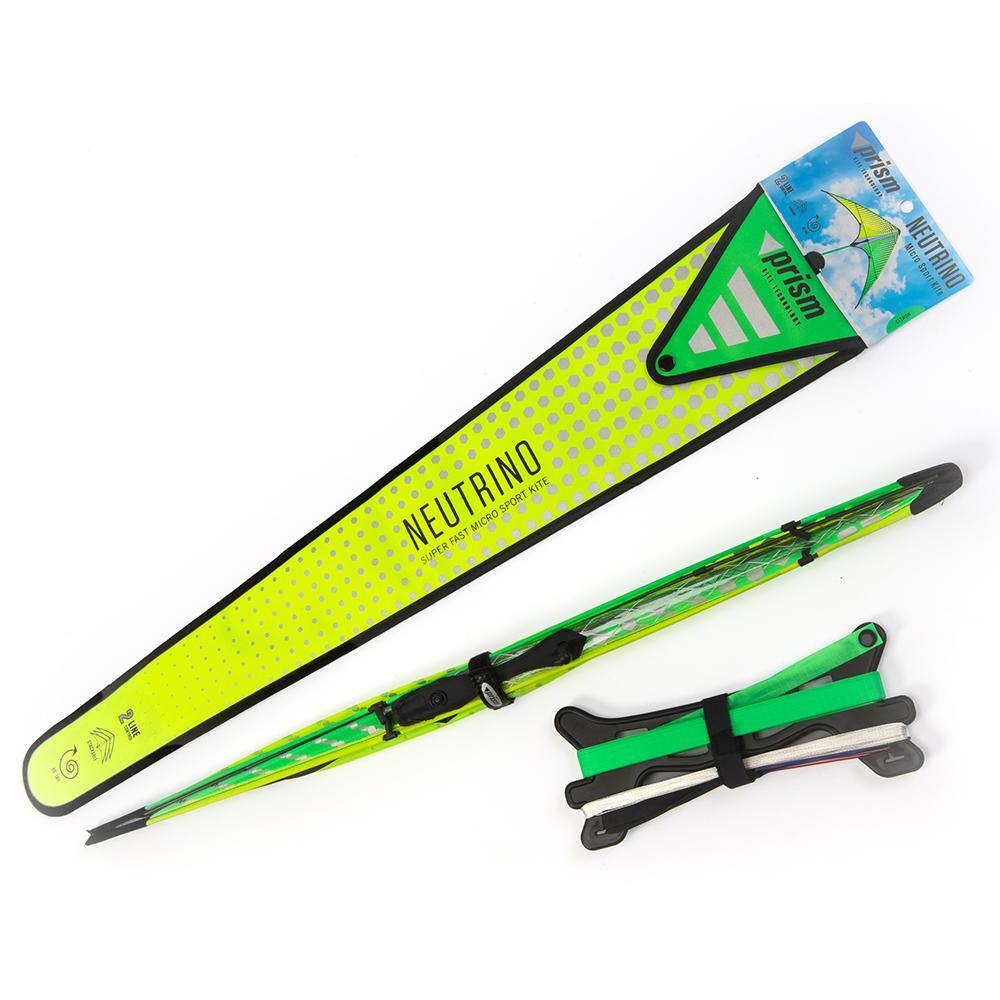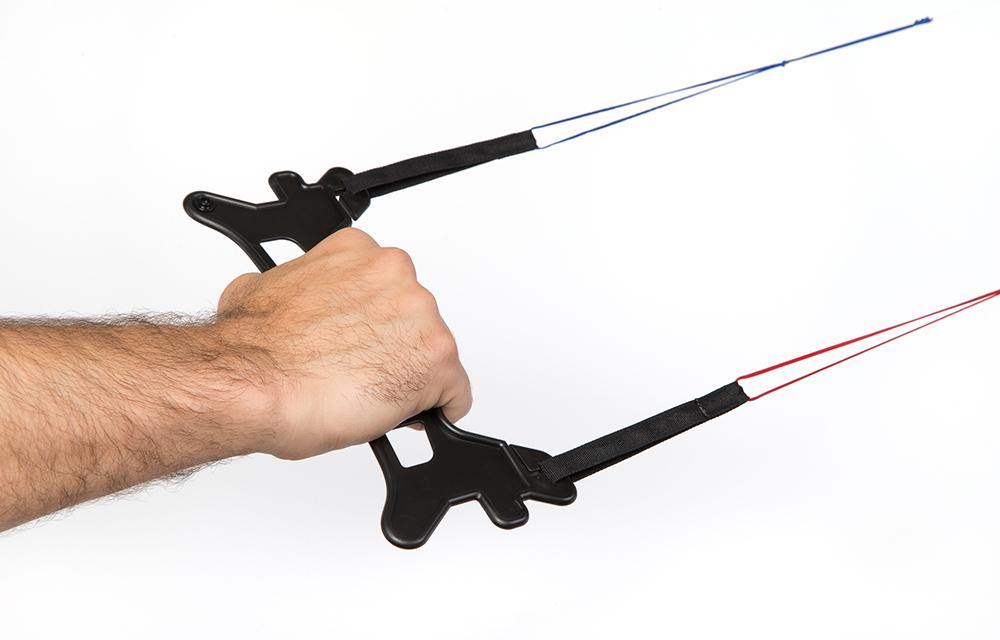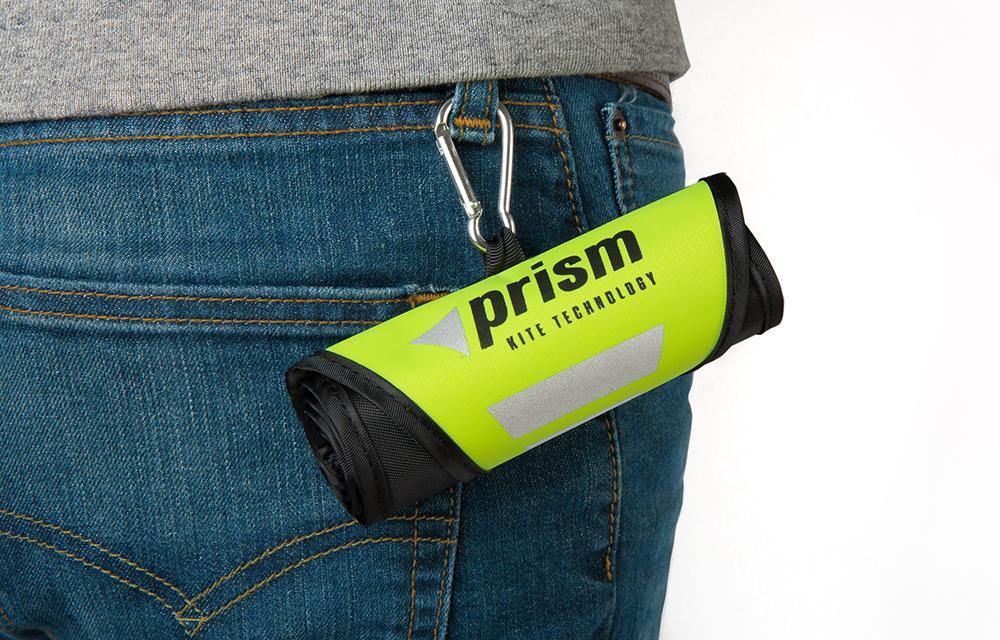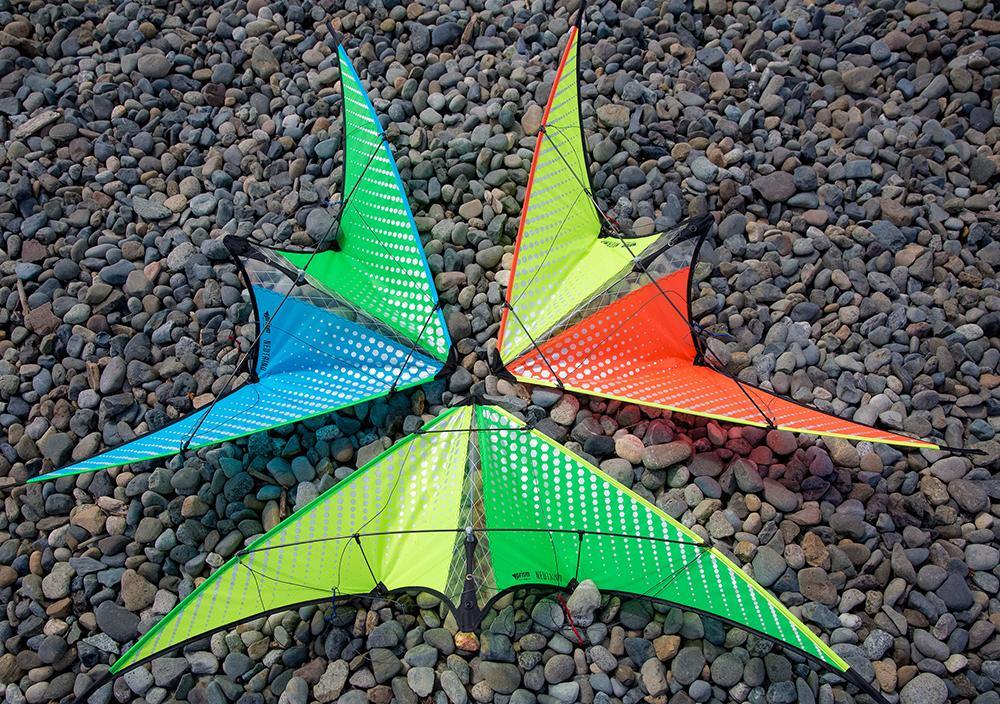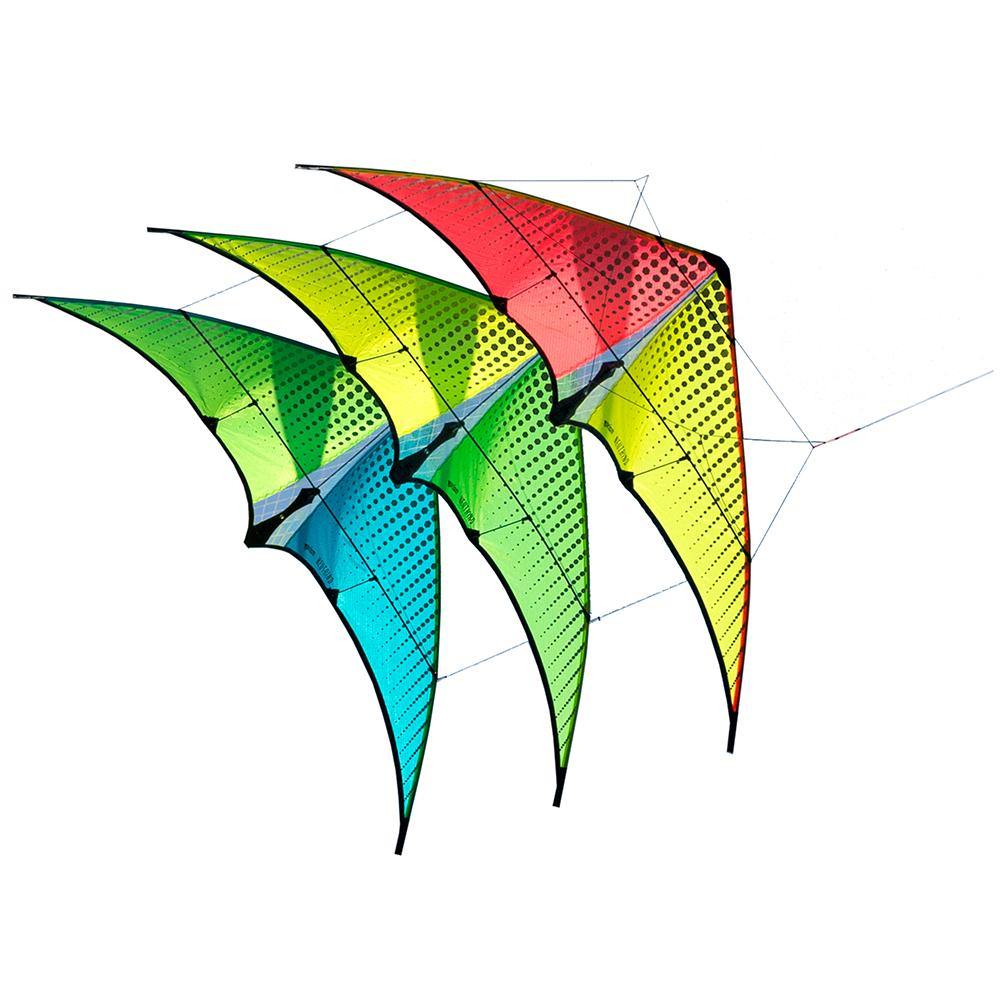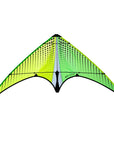
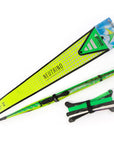
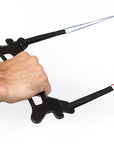

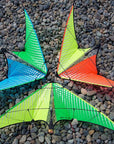
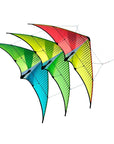
Prism Neutrino Stunt Kite - Citron
Citron
Super fast, super responsive, stackable fun!
Ready for a high octane thrill? Put your reflexes to the test with our favorite little speed demon, the Neutrino! Built to be blazingly fast and super responsive, a twitch of the fingertip is all it takes for radically fast loops and spins as it rips through the sky.
Looking for even more of a challenge? The Neutrino has a few tricks up its sleeve. Try flying it single-handed using the included dual-purpose winder/control handle. Think you’ve got that mastered? Then it’s time to fly one in each hand!
If an impressive visual display is more your style, you’re in luck - we designed the Neutrino from the ground up to be the ultimate stacking kite! Start with the ready-to-fly Neutrino package and then connect as many stackers as you like to build a synchronized stack. Each stacker comes with preinstalled stack lines - just clip them onto your lead kite and you’re ready to launch. Mix and match colors to create a one-of-a-kind stack that’s sure to turn heads wherever you fly. Larger stacks can also be paired with our 20’ tube tails to make an even more outrageous display!
Ready-to-fly package comes complete with kite, Dyneema flying lines, finger straps, winder/control handle, 30 foot snap-on ribbon tail, travel sleeve, and instructions.
Packaged Weight: 0.4375 lbs
Packed Size: 31.5 × 5.5 × 1 in
Wing Span: 39" (100 cm)
Wind Range: 5–25 mph
Frame: Pultruded Carbon
Sail: Ripstop Nylon, Mylar Laminate
Flying Lines: 75' x 50 lb Dyneema®
How do I stack more than one Neutrino?
Stacking is easy with four parallel stack lines that run between the spreader fittings. Each stack line clips to the leading edge with a special clip so attaching additional kites is a snap. Stacker kites are available separately at a lower cost if you want to build a dedicated stack. They come with the streamer tail and stack lines installed in place of the standard bridle, but don’t include flying lines, winder or travel sleeve.
How many kites can I stack?
We’re waiting to find out! We fly six regularly and you could certainly stack more. The world record for the Micron is 50 kites and we have no doubt that someone will get inspired to beat that record soon! For very large stacks, you may want to make a stiffer frame for the lead kite to reduce distortion from the strong pull.
Can I buy stack lines separately?
Yes. Stack line kits with four lines and attachment clips are available in Accessories.
Do I need stronger lines to fly stacks?
Stacks pull harder, so you’ll want a longer, stronger set of flying lines for bigger stacks and stronger winds. We’ve had good luck flying up to three kites on the standard lines in light to medium winds. 85’ x 90# or 85′ x 150# Dyneema line would be appropriate for larger stacks or stronger winds.
Intermediate
39"
5-25 mph
Includes 75' x 50 lbs Dyneema Kite Line
